Analysis of Macroeconomic Challenges: Unemployment and Inflation
VerifiedAdded on 2022/10/01
|8
|447
|24
Report
AI Summary
This report provides an in-depth analysis of the macroeconomic challenges of unemployment and inflation. It begins with an introduction and overview, defining unemployment and inflation and outlining the issues to be discussed. The report examines the trends and current statuses of both unemployment and inflation rates over the past ten years, providing data and graphs to illustrate the changes. It delves into the challenges associated with unemployment, such as deflation and the impact of education and cultural factors, and explores the causes and consequences of high inflation. Furthermore, the report discusses potential solutions, including expansionary monetary and fiscal policies, to address these macroeconomic issues. The report also includes references to relevant literature to support its findings and recommendations.
1 out of 8
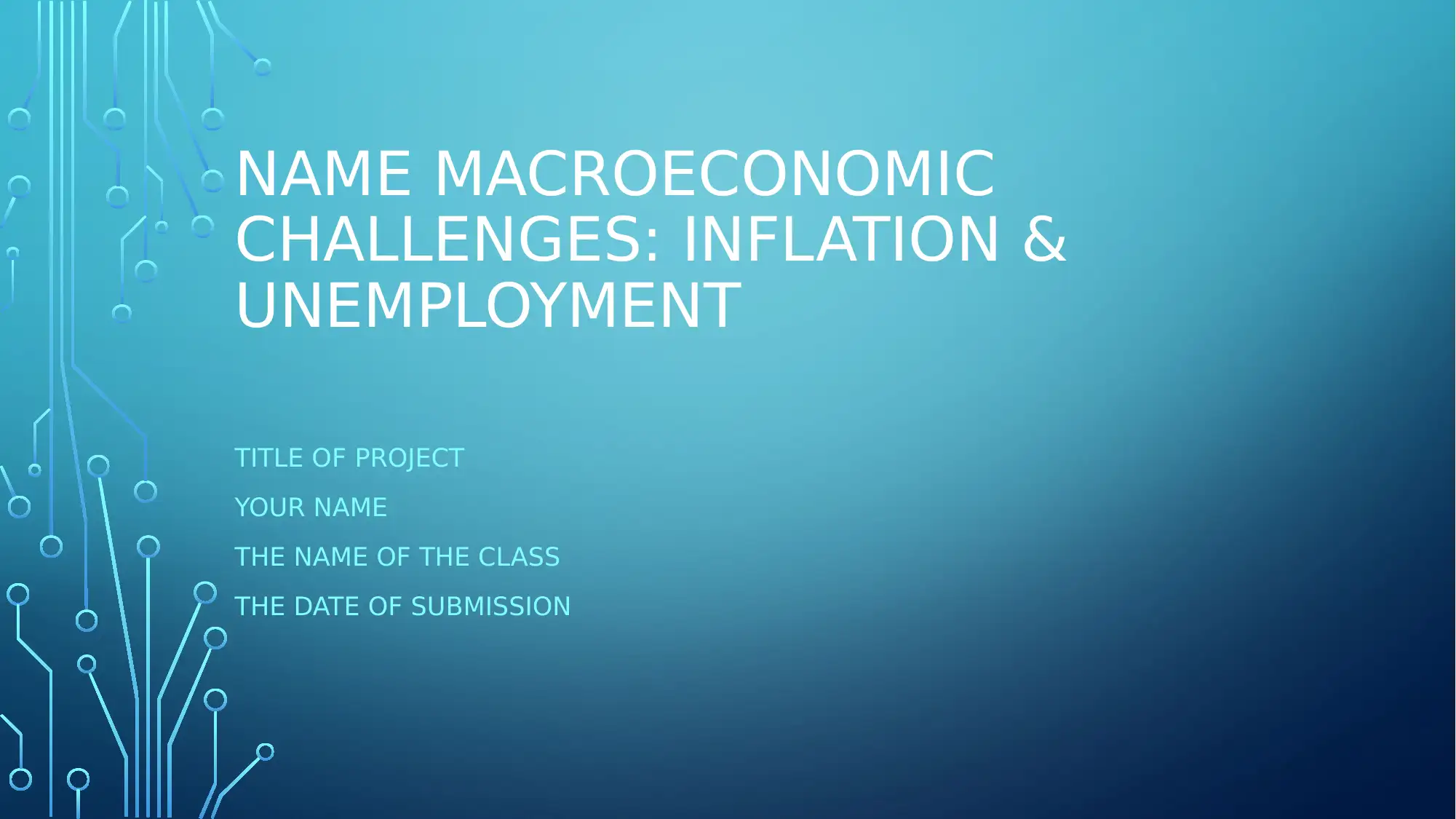
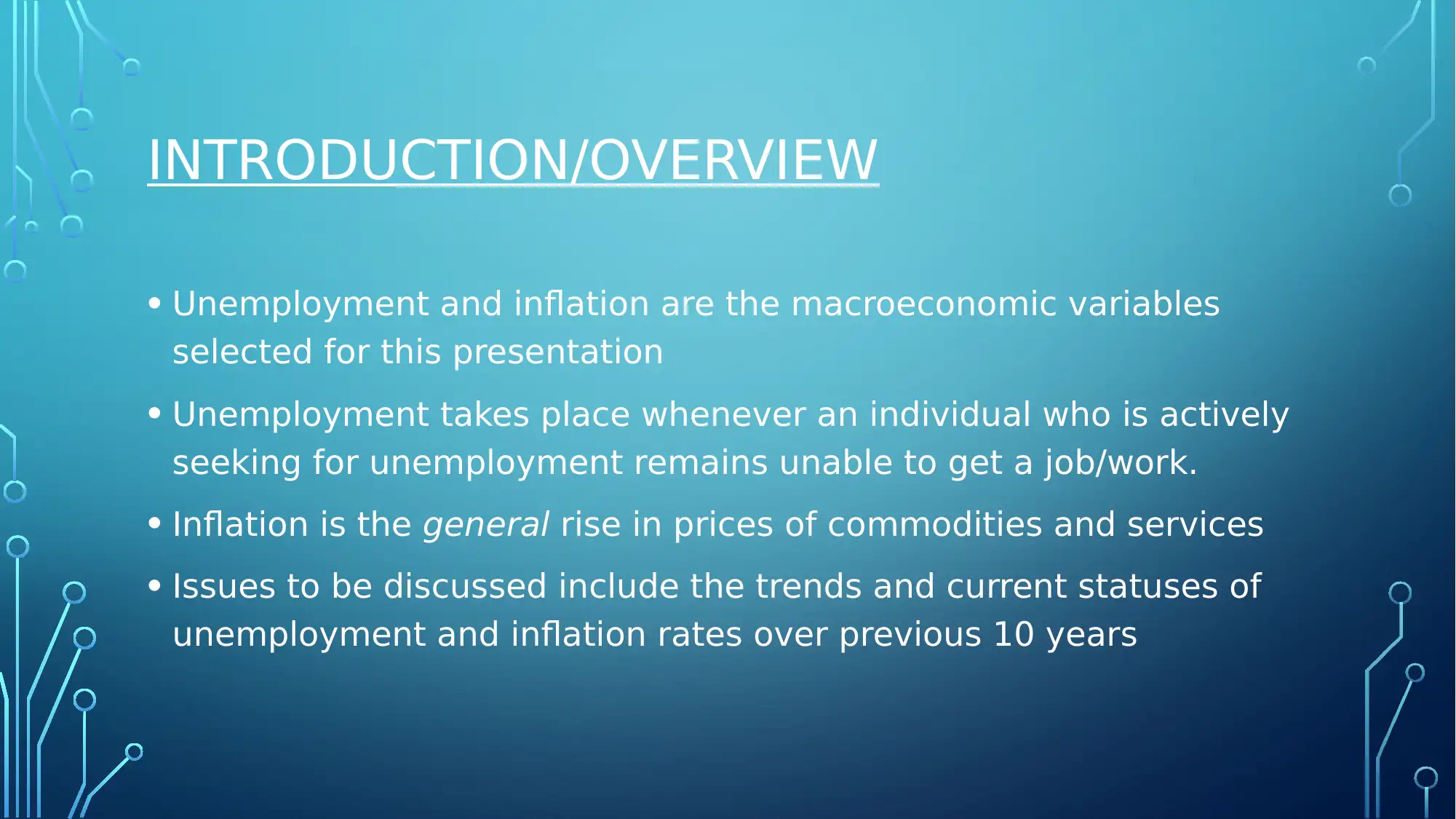
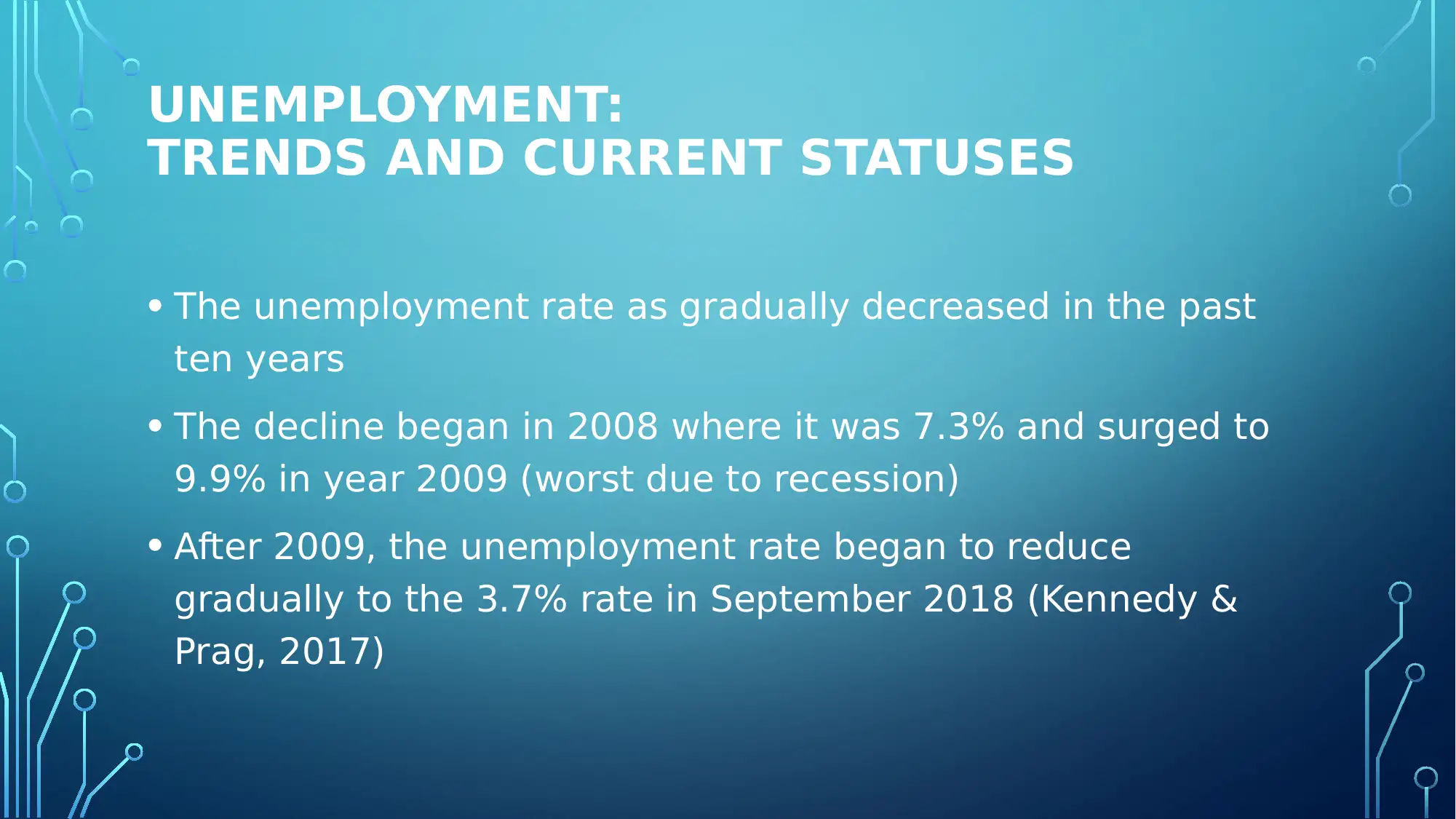

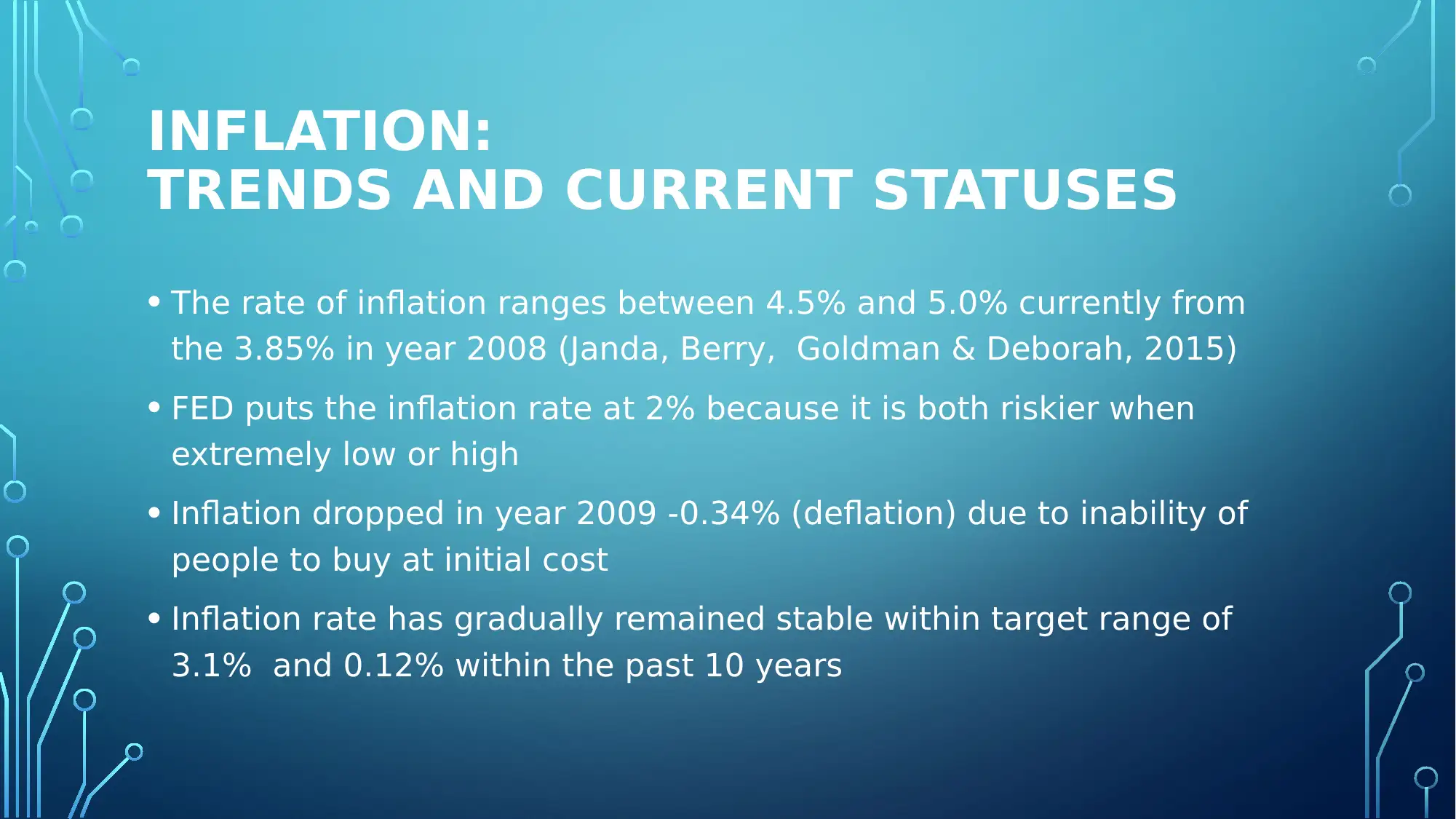
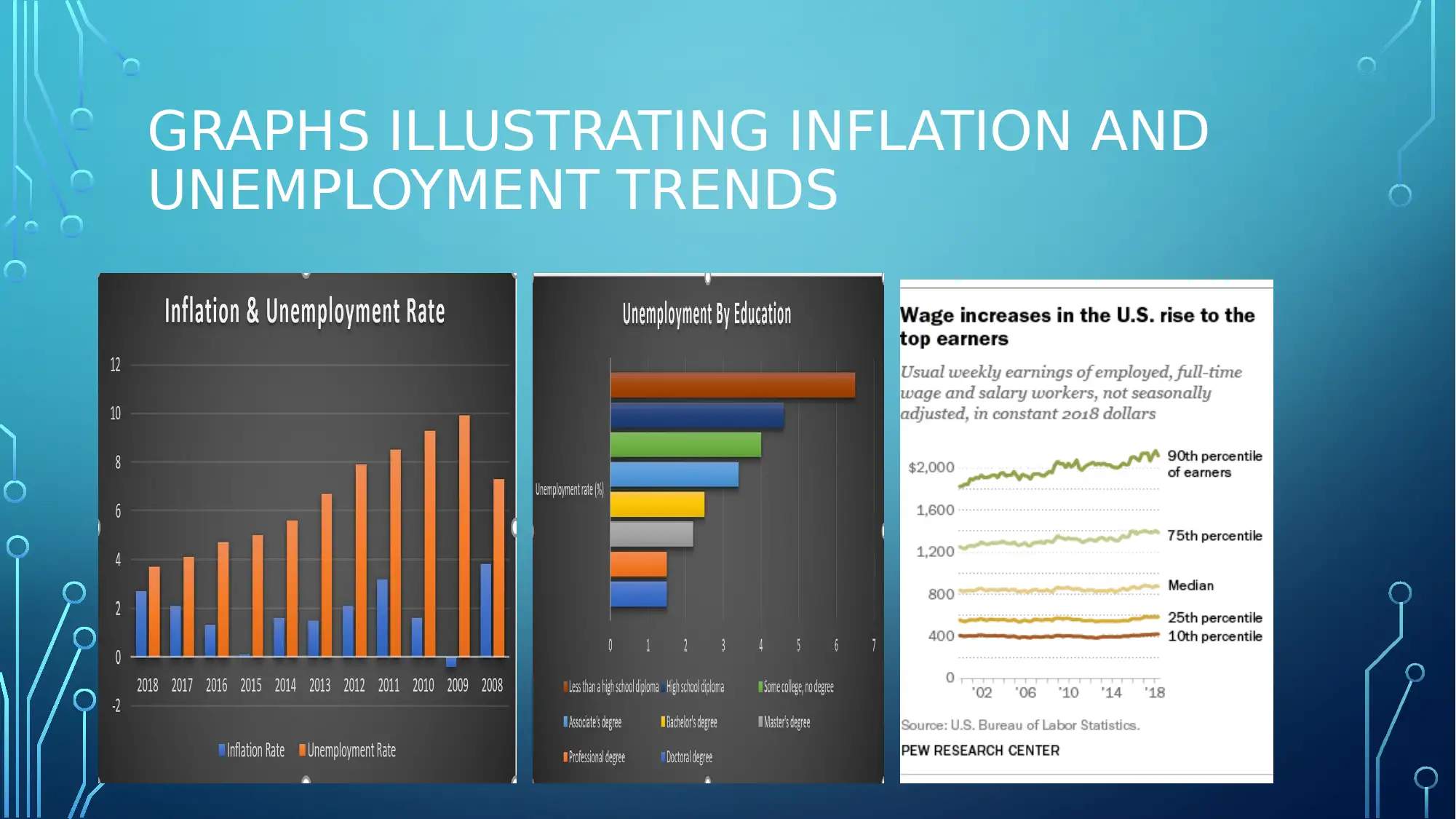
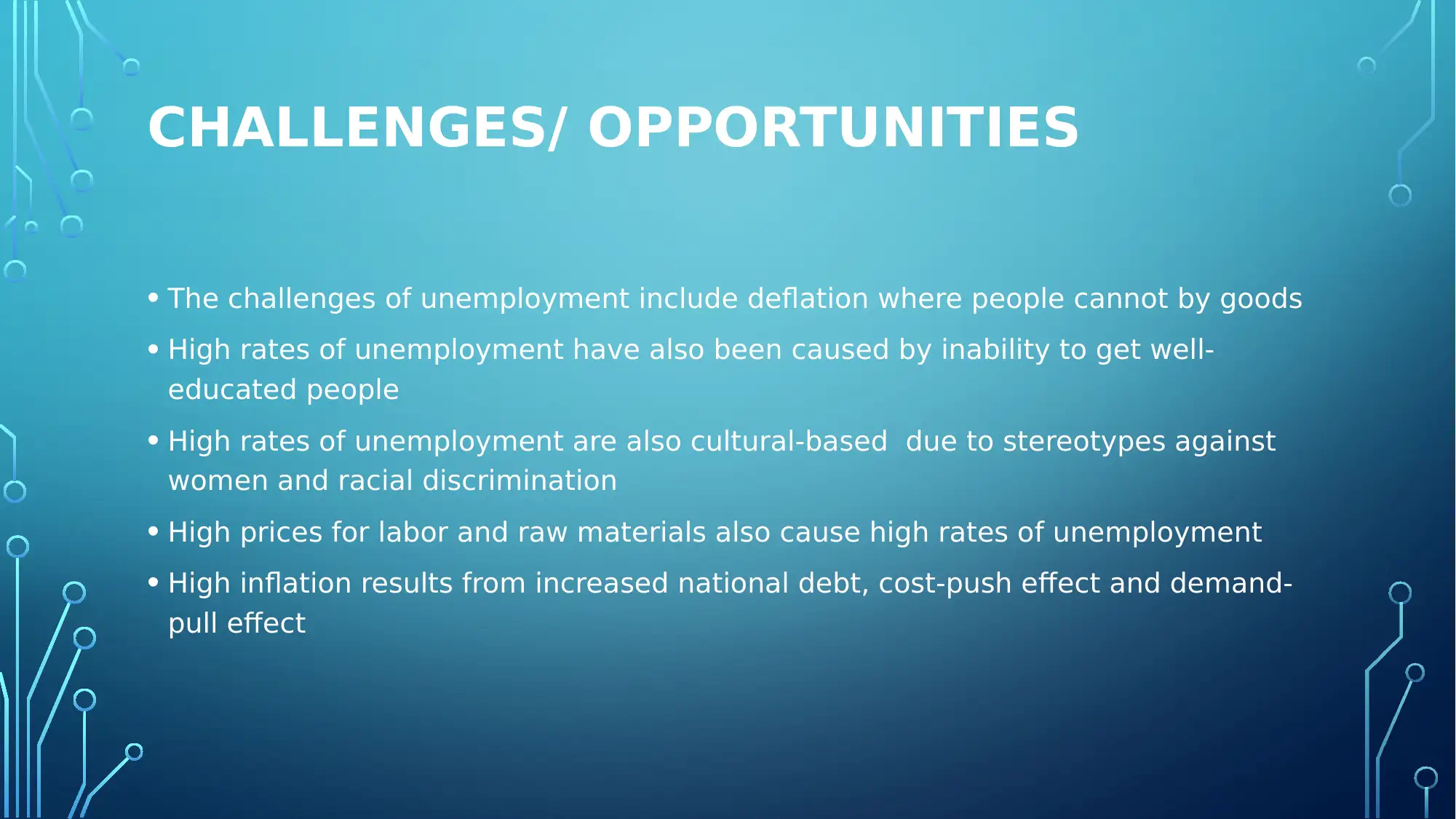
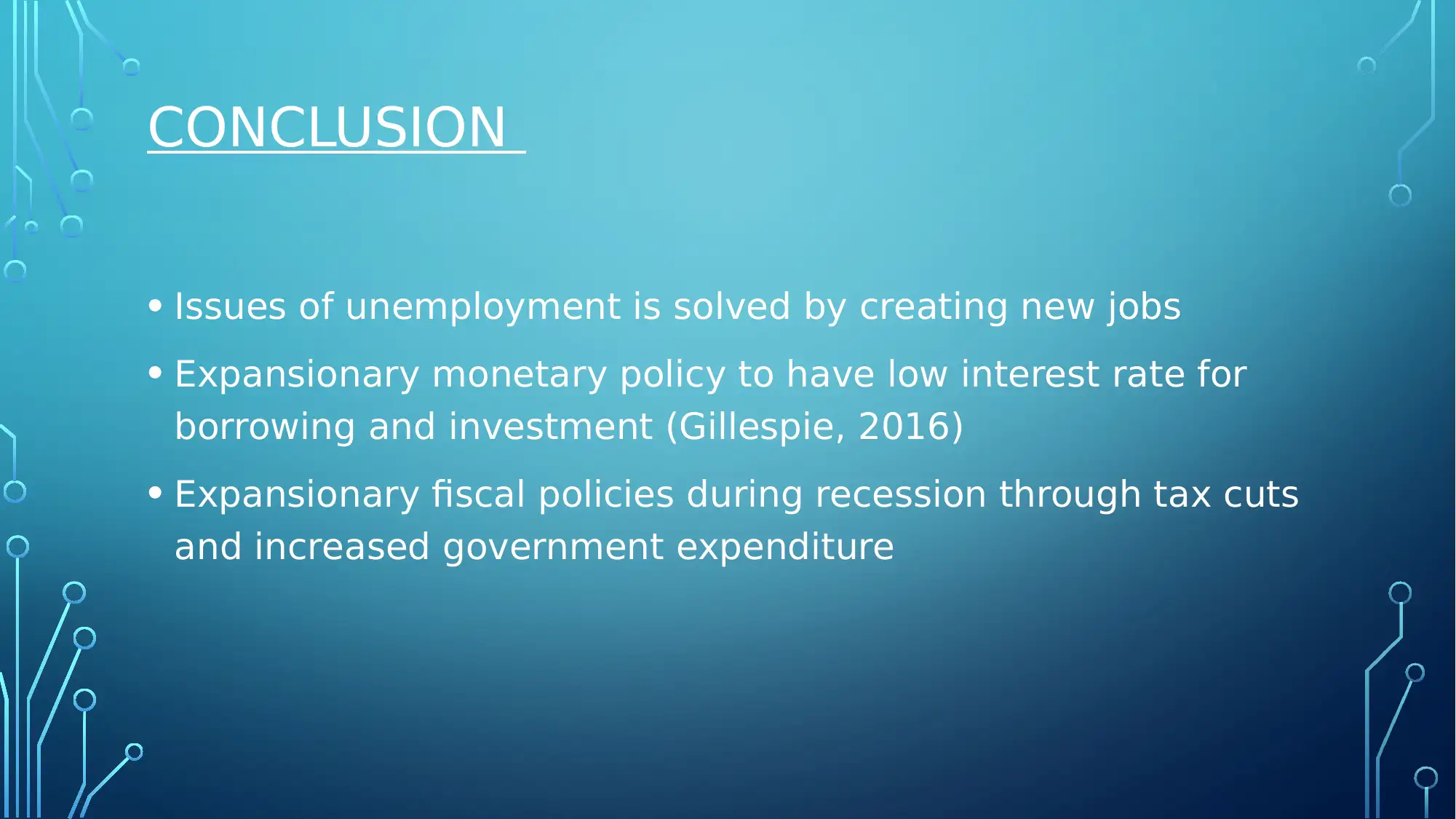
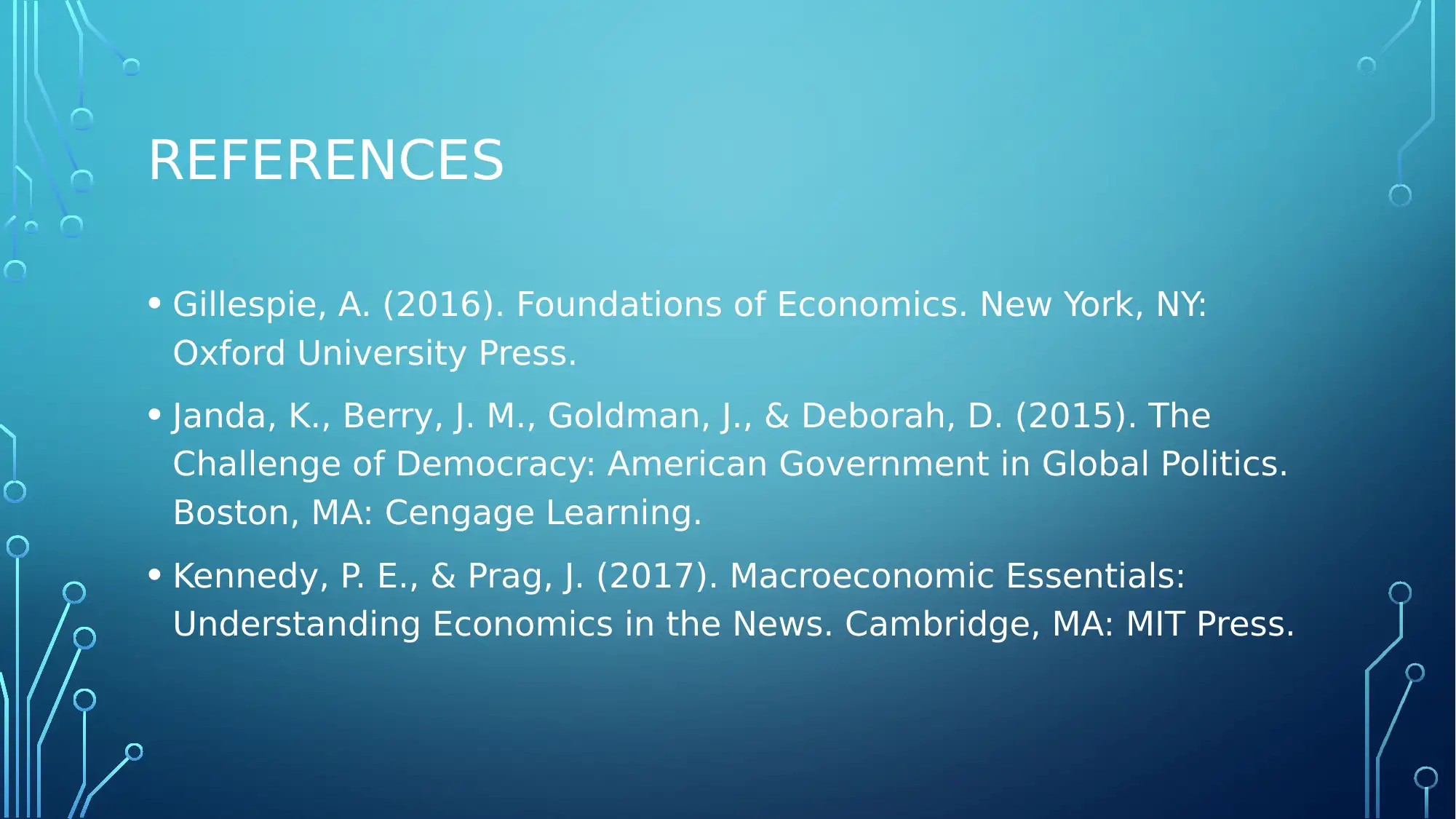
![[object Object]](/_next/static/media/star-bottom.7253800d.svg)